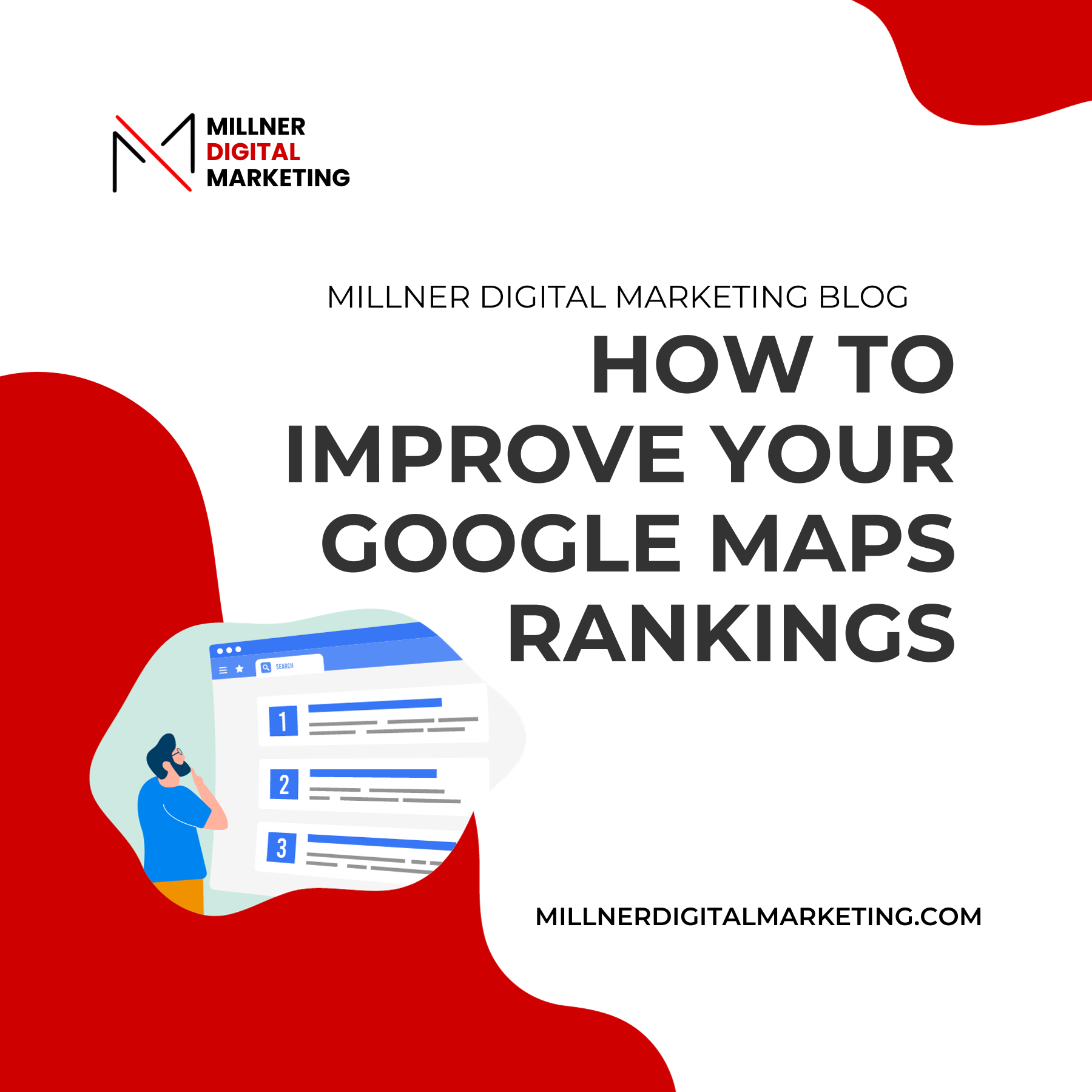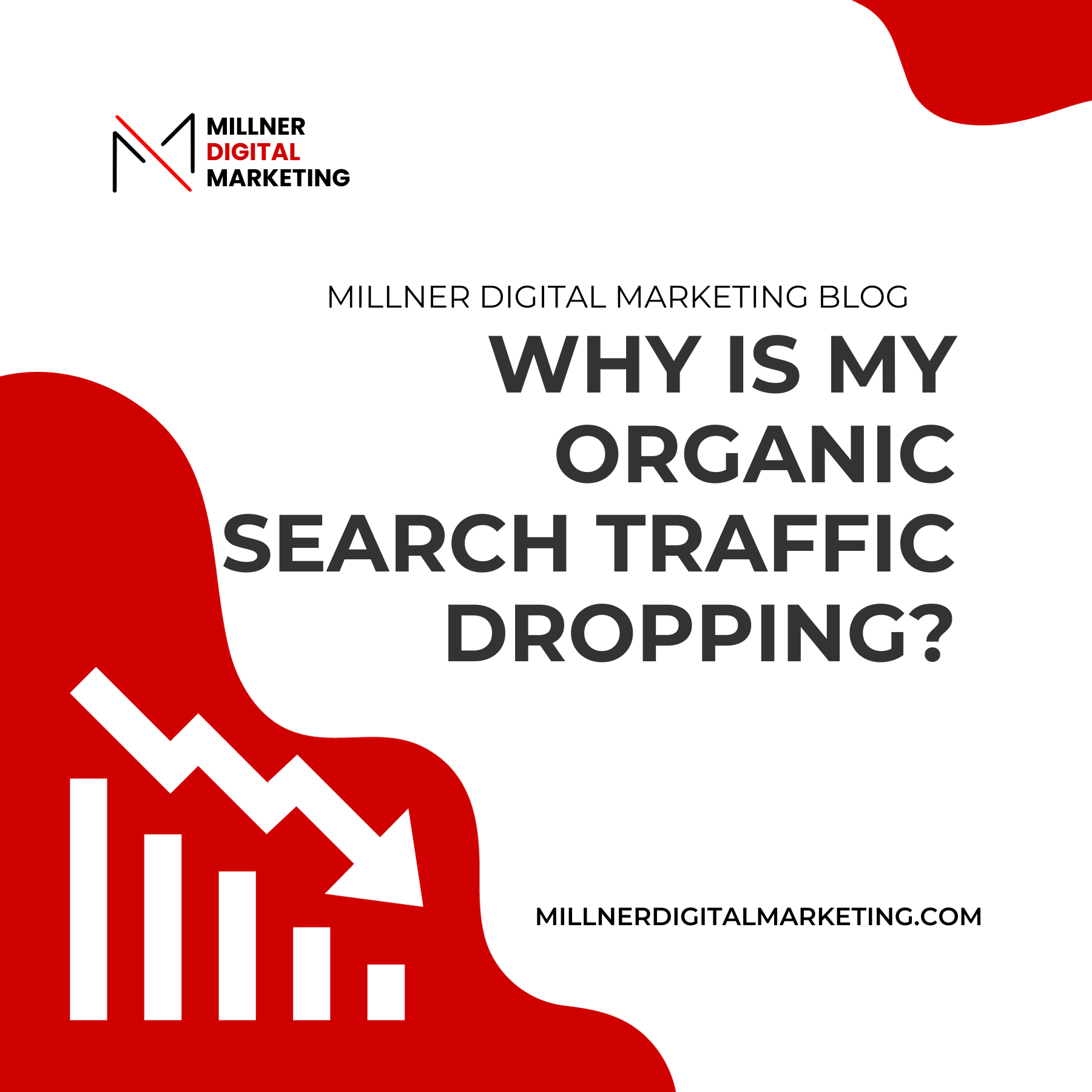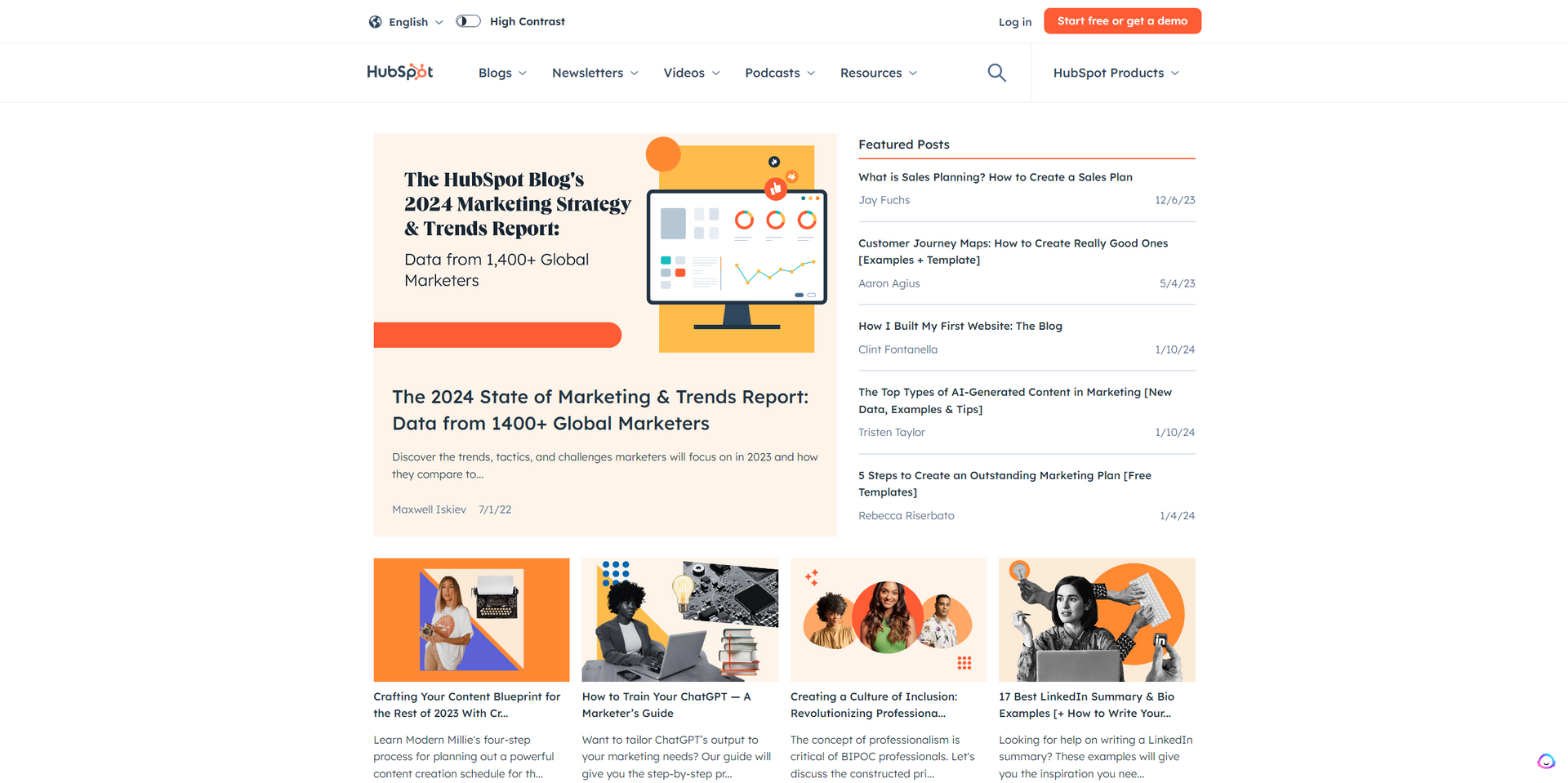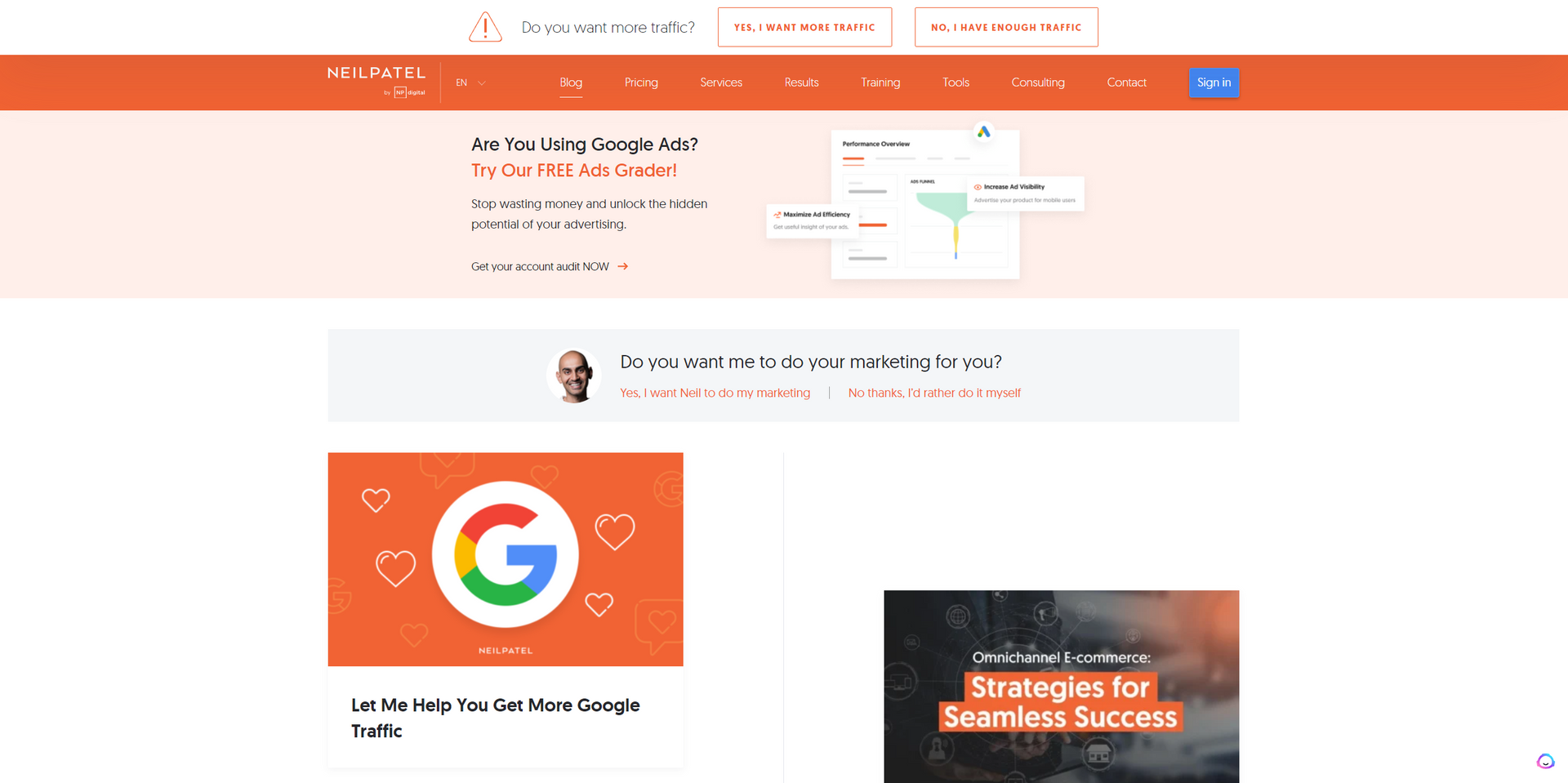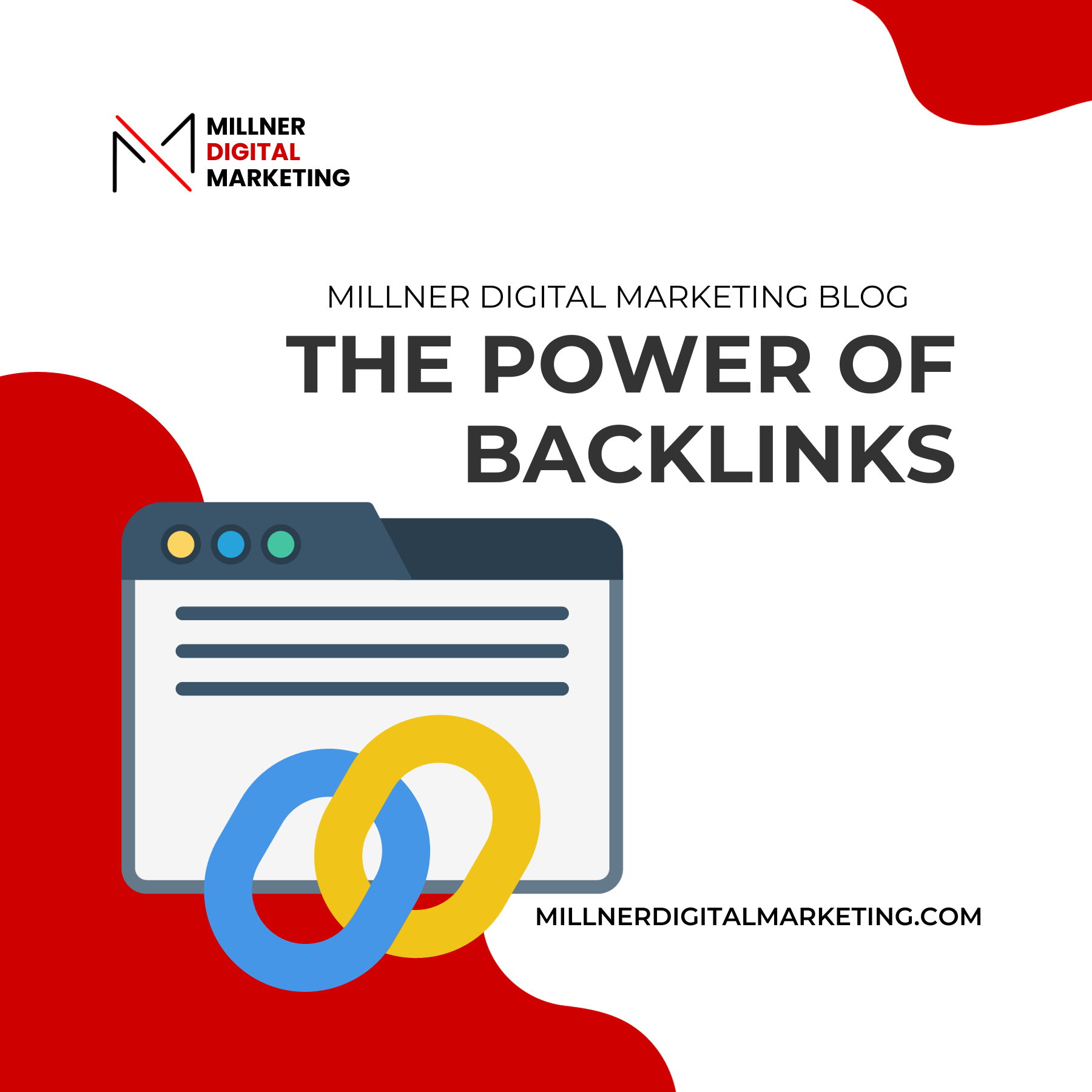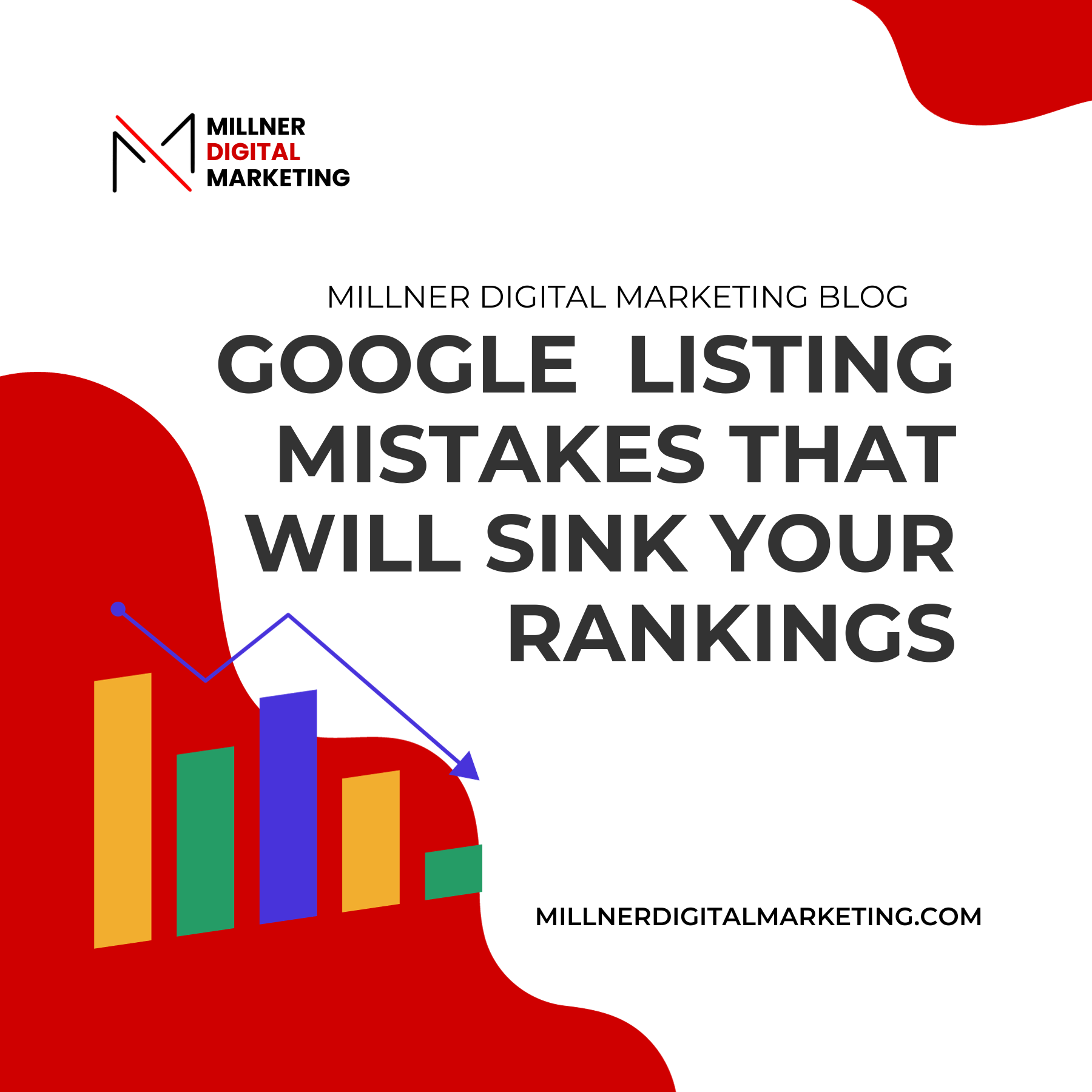Should My Website Have a Blog?
SEO, or Search Engine Optimization, is key to making your website visible on the web. It's all about how high you rank on search engine result pages, affecting the number and quality of visitors to your site. In the world of digital marketing in 2024, it's crucial for staying competitive. One tool that can boost your SEO is blogging. Regular blog posts can keep your audience coming back and help improve your website's SEO ranking. Now, let's look at why having a blog on your website could be beneficial, and how frequent blog posts can boost your SEO performance.
What is a Blog?
A blog is a type of website or part of a website where content is regularly updated, typically by an individual or a small group. The content, often referred to as 'blog posts', is usually written in an informal, conversational style and is arranged in reverse chronological order, meaning the most recent post appears first. Blogs can cover a wide range of topics, and they often include images, videos, and links to other sites. They provide a platform for the blogger to express their thoughts, share their experiences, or disseminate information, and they often allow readers to engage through comments and discussions.
How Can a Blog Improve My Website?
Blogs play an instrumental role in Search Engine Optimization (SEO). They allow websites to regularly update with fresh content, which search engines favor when ranking websites. Not only do they provide an opportunity for keyword optimization, enhancing visibility on search engine results, but they also keep visitors engaged, thereby reducing bounce rate. Furthermore, blogs can increase backlinks if other sites find the content valuable and link back to it. This signals to search engines that the content is credible and authoritative, boosting the website's overall SEO performance.
Benefits of Having a Blog on Your Website
Blogs act as a platform where you can voice your opinions, share information, and connect with your audience on a deeper level.
Increased Web Traffic Through Relevant and Fresh Content
Implementing a blog can lead to increased website traffic by providing relevant, fresh content. When you consistently publish articles that are valuable to your target audience, you give them a reason to keep coming back. More importantly, each blog post is a new web page which becomes indexed by search engines, increasing your visibility and attracting organic traffic.
Opportunity To Target Long-tail Keywords
The opportunity to target long-tail keywords is another significant advantage of blogging. These keywords, which are highly specific phrases with three or more words, may have a lower search volume. Still, they often attract more qualified traffic - users who are more likely to convert because the blog post matches precisely what they're searching for. By regularly producing content around these long-tail keywords, you can gradually improve your website's search engine rankings.
Ability to Establish Industry Expertise and Trust With an Audience
Lastly, a blog empowers you to establish industry expertise and build trust with your audience. A well-written, informative blog post can demonstrate your knowledge and experience in your field. By sharing insights and providing value to your readers, you not only position yourself as an industry expert but also cultivate a relationship of trust and credibility with your audience. This trust can lead to increased customer loyalty and higher conversion rates.
Case Study #1: HubSpot's Blog Strategy and its Impact on SEO
HubSpot, a reputable inbound marketing, sales, and service software provider, has been successful in optimizing its blog content to drive organic traffic. The strategy rests on three pillars: producing high-quality content, focusing on long-tail keywords, and making continuous SEO updates.
High-Quality Content
HubSpot has always prioritized creating informative, valuable, and audience-focused content. By doing so, they've built a loyal reader base that continually returns for more insights. This strategy has indirectly boosted their SEO by increasing dwell time and lowering bounce rates.
Long-tail Keywords
HubSpot's blog strategy heavily focuses on targeting long-tail keywords. These are highly specific search phrases with lower competition, catering to specific queries of users. This strategic decision has allowed HubSpot to rank higher in SERPs (Search Engine Result Pages), thus driving more organic traffic to their website.
Continuous SEO Updates
HubSpot has a dynamic approach to SEO. They regularly update their blog posts to keep up with the changing Google algorithm, maintaining their SERP rankings. This involves updating outdated content, improving readability, and ensuring mobile optimization.
The impact of HubSpot's blog strategy on their SEO is commendable. It's helped establish them as a thought leader in the industry, drawing in millions of visitors each month. Their successful SEO strategy, revolving around high-quality, targeted content, and continuous optimization, has set a benchmark for others to follow.
Case Study #2: Neil Patel's Blog Strategy and Its Impact on SEO Rankings
Neil Patel, a renowned online marketer and blogger, has effectively utilized an innovative blog strategy which has significantly improved his SEO rankings. Patel's strategy involves creating comprehensive, long-form content that covers topics related to digital marketing in depth. By focusing on quality over quantity, he ensures his blog posts are rich in valuable information, making them highly appealing to his audience and search engines alike.
Optimized with Relevant Keywords
His blog posts are typically optimized with relevant keywords, which boosts their visibility on search engines and attracts targeted traffic. The regular inclusion of infographics and video content makes his blog more engaging and link-worthy, further enhancing its SEO value.
High Domain Authority and Strong Search Engine Presence
The outcome of this strategy is evident in Patel’s website's high domain authority and strong search engine presence. According to SEMrush, a top SEO tool, Patel's blog consistently ranks in the top positions for highly competitive keywords in the digital marketing niche. An analysis of his backlinks shows a vast number of inbound links from high authority websites, which is a testament to the value his content provides.
Emphasis on Quality Content
Neil Patel's blog strategy epitomizes the importance of quality content in SEO. By delivering valuable, comprehensive content and optimizing it effectively for search engines, Patel has managed to create a powerful online presence and achieve impressive SEO rankings.
Step-by-step Guide To Building an Effective Blog for SEO
Step 1: Understanding User Search Queries
In the realm of SEO, understanding the search queries of your potential audience is crucial. This requires delving into keyword research to understand what terms and phrases your target audience is using when seeking out the information, services, or products that your website provides. This might involve a mix of broad, industry-relevant terms, and more specific, long-tail keywords that directly relate to your niche. Using these keywords, you can better anticipate user needs and create content that aligns with their search intent.
Step 2: Incorporating Relevant Keywords
Incorporating keywords in your website’s content goes beyond merely stuffing them into the text. It involves strategically placing them in areas like the title, headings, and throughout the content body to enhance your visibility on search engines. This process should be natural and seamless, with the aim of improving your content’s relevance and readability. Over-optimizing can lead to penalties, so balance is key. Additionally, the use of synonyms and related terms can further increase the richness and diversity of your content.
Step 3: Utilizing Internal Linking
A robust internal linking structure is vital for both search engines and users. For search engines, it aids in crawling and indexing your overall content. It makes it easier for search bots to understand the structure of your website, the relation between different pages, and the value of each page. For users, well-placed internal links can enhance their experience by making navigation more intuitive, guiding them to the next logical piece of information, and keeping them engaged for longer on your site. This can lead to improvements in user metrics, which can indirectly boost your SEO performance.
Step 4: Producing Quality Content
While keywords and linking play a significant role in boosting your online presence, it is crucial to recognize that high-quality content is the true king. Your write-ups should not only be informative and engaging but also provide value and utility to the reader. By offering valuable insights and useful information, you not only capture the reader's attention and keep them on the page longer but also increase the likelihood of them sharing your content with others. This can result in natural backlinks, further amplifying the reach and impact of your content. So, focus on creating content that resonates with your audience, encourages sharing, and drives organic growth.
Step 5: Optimizing Images
If your blog contains images, it is crucial to optimize them for SEO. This involves several key steps to ensure maximum visibility and better search engine rankings. Firstly, use descriptive and relevant file names that accurately reflect the content of the image. Additionally, reducing the size of the images can significantly improve loading times, leading to a better user experience. Lastly, don't forget to add alt text to your images, as this helps search engines understand the context and relevance of the image within your content. By following these optimization techniques, you can enhance the overall SEO performance of your blog and attract more organic traffic.
Step 6: Using Meta Descriptions
Meta descriptions play a crucial role in search results by providing concise summaries beneath your page's URL. It is important to craft compelling meta descriptions that not only captivate users but also include your primary keyword, ensuring relevance to the search query. By optimizing these brief snippets of information, you can effectively entice users to click and explore your content further.
Step 7: Promoting Your Blog
Once you've published your blog, don't just sit back and wait for visitors to come. Take proactive steps to maximize its reach and engagement. Share it on your social media platforms such as Facebook, Twitter, and Instagram, leveraging your existing followers and connections. Additionally, consider promoting it through email newsletters to reach a wider audience and encourage repeat visits. Don't forget to explore other promotional channels like online communities, forums, or relevant industry websites to further boost exposure. By actively promoting your blog, you increase the chances of attracting more readers and creating a thriving online presence.
Step 8: Analyzing Your Performance
To gain valuable insights into the performance of your blog, utilize powerful tools such as Google Analytics. By analyzing key metrics like page views, bounce rate, and time spent on the page, you can delve deeper into understanding what aspects are working effectively and identify areas that require improvement. With this comprehensive data at your fingertips, you can make informed decisions to optimize your blog's performance and enhance user engagement.
Pro Tip:
Remember, SEO is like running a marathon, not a sprint. Just like in a race, it takes time and consistent effort to cross the finish line and see results. So, be patient, stay focused, and keep putting in the hard work to optimize your website and improve your search engine rankings. Remember, slow and steady wins the SEO race!
Common Blogging Concerns and Questions
Conclusion
As we have seen, blogs are an essential tool for SEO in today's digital age. By consistently publishing relevant and high-quality content on your website, you can boost your rankings on search engines and attract more organic traffic. Through the use of long-tail keywords, internal linking, and establishing industry expertise, a blog can greatly benefit your SEO strategy.
Looking at successful companies like HubSpot and Neil Patel, it is evident that blogging plays a significant role in improving their overall SEO performance. By following their footsteps and implementing an effective blog strategy, you can also see a positive impact on your website's search engine rankings.
But creating and maintaining a blog may seem overwhelming at first. However, by carefully selecting topics that align with your target audience's interests and utilizing tools for scheduling posts and managing ideas, you can easily stay consistent with your blogging schedule. And remember, the return on investment for blogging extends beyond just increasing website traffic – it also allows you to establish authority and trust within your industry.
So don't hesitate to start incorporating a blog into your website if you haven't already. The benefits are undeniable! And if you need any help setting up or managing your blog, our team is here to assist you. So why wait? Reach out to us now to see how we can help take your SEO game to the next level through a powerful blog presence on your website!
READY TO WORK WITH
MILLNER DIGITAL MARKETING?

GET IN TOUCH
MORE MARKETING TIPS & TRICKS
